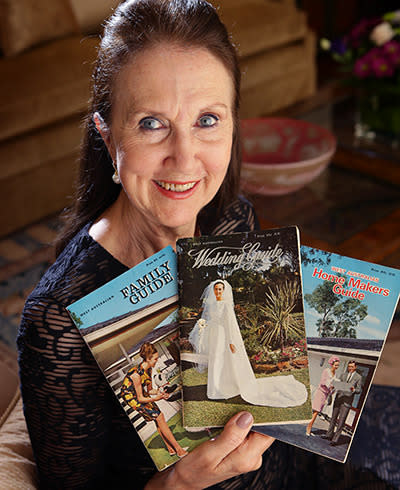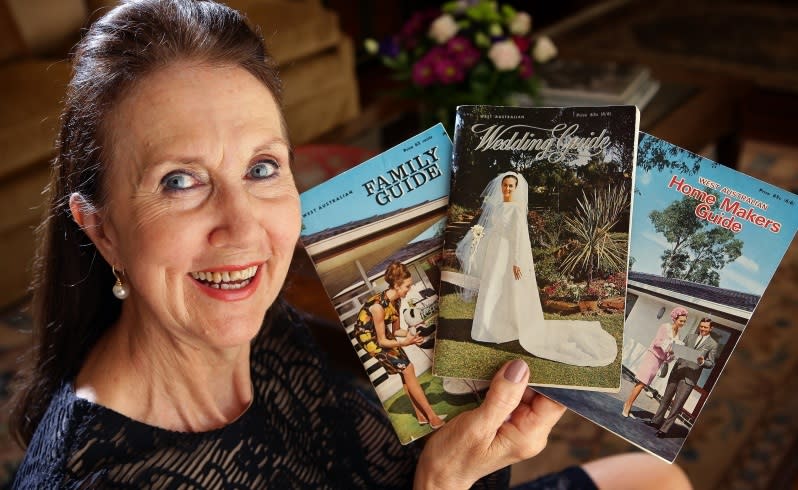Soaring house prices the big change in WA
The small classified advertisement says it all about Perth circa 1965. It was squirreled away in _The West Australian's _property section under the headline "British Migrants".
"�4000 First Mortgages, 5.75 per cent reducible interest, repayments only �5/15/11."
Converted to dollars, which replaced pounds and shillings the next year, that's an $8000 mortgage with a weekly repayment of less than $12.
Today the median Perth house price is about $550,000. Factor in a mortgage of $350,000 and you are paying the bank $481 a week.
Even taking account of the changed make-up of the city's population, our collective religious beliefs and our education, the cost of buying a house is perhaps the single biggest change to take place in the past 50 years.
The average wage in 1965, converted to dollars, was $45.30, or about $2355 a year, with the minimum wage close to $33 a week.
Half a century later and the average wage in Perth is more than $1641 a week, or $85,342 a year.
That's a 35-fold increase. Consumer inflation over that same period has risen 11-fold.
For those who moan about the cost of living, the average price of bread in 1965 was 19¢. Today you can buy a loaf for $1.
Milk was 17¢ a quart while you will spend between $1.25 and $2.20 a litre today. Potatoes, butter and even the cost of a basic stamp have all fallen in real terms.
But not housing.
If the median house price had kept track with inflation, you could buy a place in Perth for a little more than $120,000. Instead, we pay five times that for homes on blocks of land that are much smaller.
The fact home builders were advertising for British migrants tells another story. In 1965, Perth was much less cosmopolitan, more British. The city was home to almost 500,000 people in 1965, of which 14 per cent were British-born. But some parts attracted more Brits than others.
Kwinana had 5800 residents, with almost a third British-born.
In Rockingham, a quarter of residents were born in Britain.
Italy and the Netherlands also had strong ties across Perth. By contrast, there were just 3800 people born in India, Pakistan or Ceylon, now Sri Lanka.
Almost 10 per cent of Fremantle's population was Italian-born.
But this was the era of assisted passage for the £10 Poms. The proportion of British-born residents in Perth jumped more than 26 per cent from 1961 to 1966, with the Australian average wage almost a third higher than England's. Fifty years on, there are plenty of people with British heritage but no memories of their former homeland.
The British-born make up 9.5 per cent of Perth and the Australian-born proportion has fallen sharply to less than 60 per cent.
Nationalities filling the void are New Zealanders at 3 per cent, South Africans (1.8), Indians (1.6) and Malaysians (1.4).
People flooding into Perth half a century ago were mainly young and if housing has been the most obvious change, the second is the greying of Perth.
There were almost 100,000 children aged four or younger in 1965. Babies, toddlers, children and teenagers accounted for 40 per cent of the city's 500,000 people. Those aged 65 or older made up 8.8 per cent.
Now there are almost the same number of people aged over 65 as children aged nine or younger.
Those youngsters made up almost one in five of Perth residents in 1965. Now it is less than 13 per cent. To put it another way, in 1965 the single biggest age cohort was children aged 10-14. Now it is people aged 25-29. As the city aged and its cultures evolved, so did other elements of Perth.
Almost 38 per cent of the city's population said they were Church of England. Today almost a quarter of the population is Catholic and Anglicans account for 18 per cent of Perth's religious followers.
The single biggest religious belief, however, is no belief.
In Perth workplaces, gender is no longer a strict divide. In 1965, there were 11,300 stenographers and typists, none male.
There were 224 wool classers, 53 embalmers and 454 railway guards and conductors - every single one a bloke.
Not one man listed "home duties" as his main responsibility.
Education has also changed.
In a city of half a million in 1965, fewer than 6000 people had a university degree. Almost 11 per cent had no schooling and a quarter only went to primary school.
Now almost 37 per cent of the population has a tertiary degree and there is no measure of people without any schooling.




